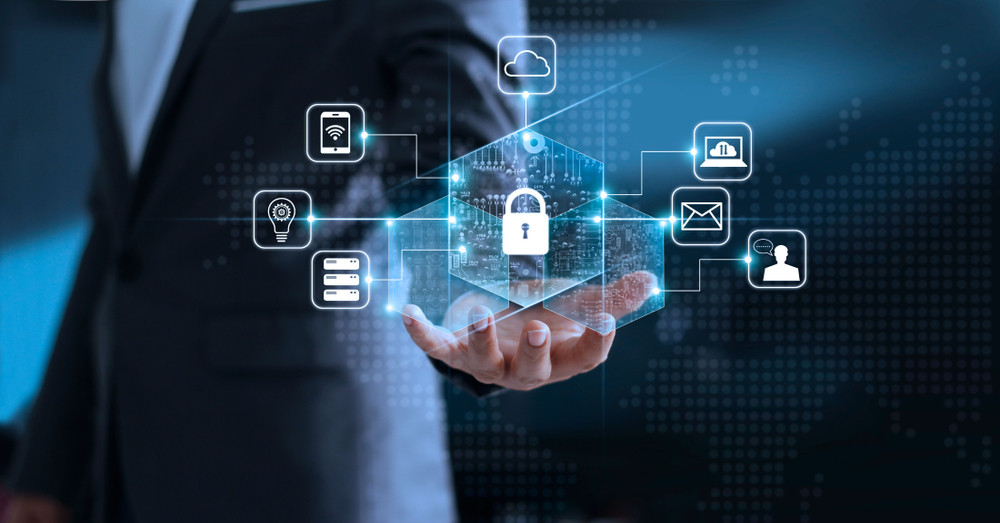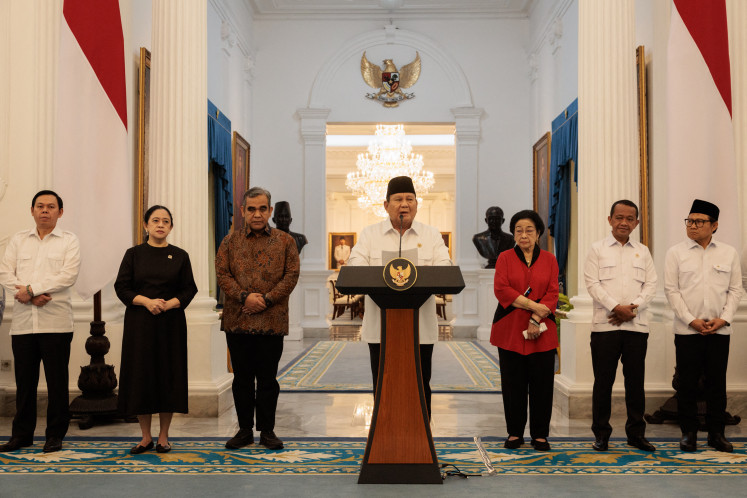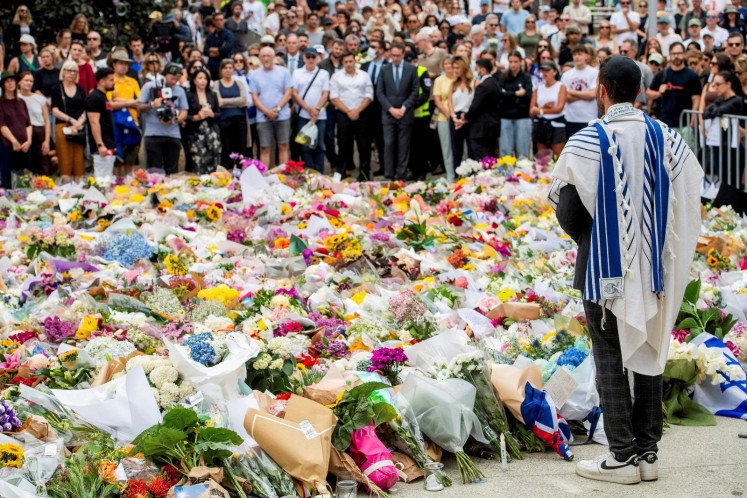Popular Reads
Top Results
Can't find what you're looking for?
View all search resultsPopular Reads
Top Results
Can't find what you're looking for?
View all search resultsIndonesians need secure, citizen-centric digital public services
Government agencies are working separately, often requiring citizens to navigate through a maze of finding the right government unit and offices themselves to have their problems solved.
Change text size
Gift Premium Articles
to Anyone
A
s people are hyperconnected in their daily lives, the government and public sector are moving to the digital realm to serve them. The COVID-19 pandemic has heightened the pressure for the government to deliver public services online. The ”traditional” method — paper-based and mandatory visits to government offices — is becoming obsolete and seen as an additional burden to the people, who are being encouraged to stay home during social mobility restriction periods.
The shift to delivering digital public services should be applauded, as it shows that the government is heading toward the right direction of serving the people more efficiently in most cases. The approach taken by the government, both on the national and local level, has primarily been through the development and deployment of websites and apps.
One example is the PeduliLindungi app, launched in April 2020 as a channel to provide health and vaccination data services to the public as part of efforts to combat the COVID-19 pandemic.
As the primary evidence of people's vaccination status to enter public places, PeduliLindungi has been downloaded by more than 10 million users, and public attention to this app has been rising significantly. However, many problems have been reported: complicated features, inaccuracy of data and location detection, delayed integration of vaccination data, duplicate accounts and the suspected data leak of the President's vaccine certificate published on social media.
Since then, public trust in this app has dipped. Thus, in developing these channels, citizen-centricity needs to be highly considered; answering the needs of citizens, integrity and security.
In answering the needs of the people, online delivery might not be a silver bullet, considering the internet penetration in Indonesia stands at only 73.7 percent and smartphone ownership 58 percent. Therefore, there should be an alternative channel complementing the digital delivery.
Consider the situation of remote learning during COVID-19; there were anecdotes of young students who needed to climb a tree to access online materials because of inadequate internet connectivity. They also had to pay more for internet access than their usual monthly allowance. More importantly, the delivery — in terms of access, user interface and user experience — should be easy in the eyes of the people as the primary customers, not only from the perspective of the government as service providers.


















